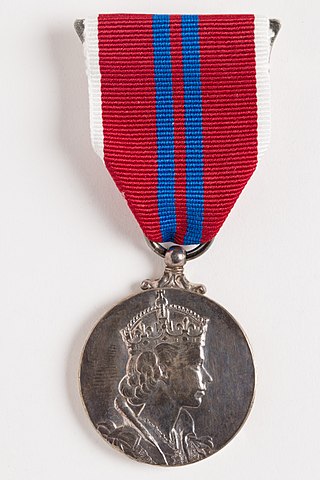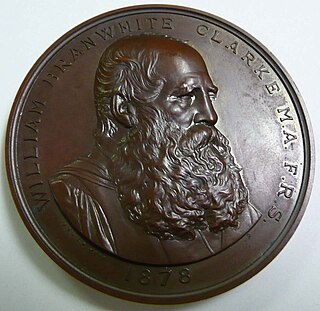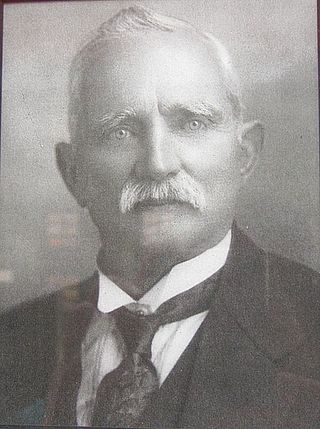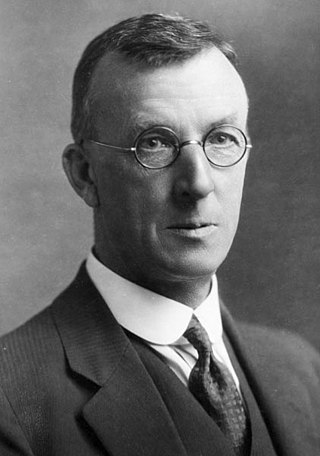
The Navy Distinguished Service Medal is a military decoration of the United States Navy and United States Marine Corps which was first created in 1919 and is presented to sailors and marines to recognize distinguished and exceptionally meritorious service to the United States while serving in a duty or position of great responsibility.
The Queen Elizabeth II Silver Jubilee Medal is a commemorative medal created in 1977 to mark the 25th anniversary of Queen Elizabeth II's accession in 1952. The medal is physically identical in all realms where it was awarded, save for Canada, where it contained unique elements. As an internationally distributed award, the Queen Elizabeth II Silver Jubilee Medal holds a different place in each country's order of precedence for honours.

The Queen Elizabeth II Coronation Medal is a commemorative medal instituted to celebrate the coronation of Queen Elizabeth II on 2 June 1953.

The Order of Polaris is awarded by the Government of Yukon's Transportation Hall of Fame for meritorious service in Yukon in the field of aviation.

Rev. Leonard Monk Isitt was a Member of Parliament of the New Zealand Liberal Party. He was a Methodist minister and an advocate of prohibition (temperance), in association with Tommy Taylor and his brother, Rev. Frank Isitt.
The Murchison Medal is an academic award established by Roderick Murchison, who died in 1871. First awarded in 1873, it is normally given to people who have made a significant contribution to geology by means of a substantial body of research and for contributions to 'hard' rock studies. One of the closing public acts of Murchison's life was the founding of a chair of geology and mineralogy in the University of Edinburgh. Under his will there was established the Murchison Medal and geological fund to be awarded annually by the council of the Geological Society of London.

The Lyell Medal is a prestigious annual scientific medal given by the Geological Society of London, equal in status to the Murchison Medal. This medal is awarded based on one Earth Scientist's exceptional contribution of research to the scientific community. It is named after Charles Lyell.

The Clarke Medal is awarded by the Royal Society of New South Wales, the oldest learned society in Australia and the Southern Hemisphere, for distinguished work in the Natural sciences.
The David Syme Research Prize is an annual award administered by the University of Melbourne for the best original research work in biology, physics, chemistry or geology, produced in Australia during the preceding two years, particular preference is given to original research to enhance industrial and/or commercial development.

The Veitch Memorial Medal is an international prize awarded annually by the Royal Horticultural Society (RHS).

The Jubilee 150 Walkway, also variously known as the Jubilee 150 Commemorative Walk, the Jubilee 150 Walk, Jubilee 150 Plaques, the Jubilee Walk, or simply J150, is a series of (initially) 150 bronze plaques set into the pavement of North Terrace, Adelaide, South Australia from King William Street to Pulteney Street.

Hugh McLean Campbell, sometimes known as HM Campbell, was a Reform Party Member of Parliament in New Zealand.

Cecil Henry Clinkard was a United Party Member of Parliament in New Zealand, and the first mayor of Rotorua.

Sir Hugh Thomas Dyke Acland was a New Zealand surgeon.
The 1935 Birthday Honours for the British Empire were announced on 3 June 1935 to celebrate the Birthday and Silver Jubilee of King George V.
The 1924 New Year Honours were appointments by King George V to various orders and honours to reward and highlight good works by members of the British Empire. They were published in The London Gazette on 1 January 1924.

The Police Coronation Medal was sanctioned in 1902 as an award to policeman, firemen and members of ambulance units on duty during the official celebrations of the Coronation of King Edward VII and Queen Alexandra on 9 August 1902.
The Peter Nicol Russell Memorial Medal is awarded by Engineers Australia. It has been awarded since 1923 when its first recipient was Prof William Henry Warren. It is given annually to an Honorary Fellow of Engineers Australia who has significantly advanced engineering in Australia. The award consists of a framed certificate and medal.
The 1955 Queen's Birthday Honours in New Zealand, celebrating the official birthday of Elizabeth II, were appointments made by the Queen on the advice of the New Zealand government to various orders and honours to reward and highlight good works by New Zealanders. They were announced on 9 June 1955.
The 1935 King's Birthday and Silver Jubilee Honours in New Zealand, celebrating the official birthday of King George V and the silver jubilee of his reign, were appointments made by the King to various orders and honours to reward and highlight good works by New Zealanders. They were announced on 3 June 1935.












